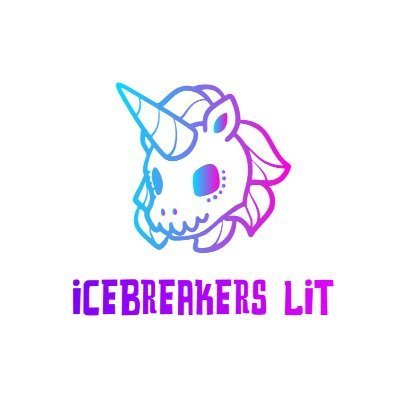Interview on Collaboration with Katherine Schmidt and Candice Kelsey
Sometimes the hardest part of collaborating is getting started. Here are some tips from creators that have collaborated—sometimes with an absolute stranger—and made something wonderful!
Did you know your partner in collaboration beforehand? Explain how you got together.
No, we used Icebreakers’ “Spin the Bottle” process to meet!
How did you collaborate? What was your process?
After the team at Icebreakers sent us the message introducing us to each other, we arranged both a Google doc and date to Zoom. In the month before our Zoom meeting, we both sporadically worked in the Google doc. Katie offered three random thoughts, and Candice latched onto one of them with enthusiasm. We started building that idea on our own time in that one document. It really came together quite smoothly: we established the central idea and then took turns with its development. In our meeting we developed our draft from the Google doc and ultimately left with a final poem and an understanding of who was going to submit it.
While reflecting on this process, we wanted to emphasize why we liked using the Google doc prior to meeting over Zoom. Why we like the Google doc:
We were able to work on the poem on our own time
No pressure to respond immediately, which allowed us to respond better by honoring the other person’s writing with the appropriate amount of thought and consideration.
Allowed time to get used to the other person’s style, thought process, approach, and voice.
We were able to copy-paste so as to not prematurely delete words.
We used comments to show intention and ask questions.
We had a solid first draft to guide our Zoom meeting.
What were some challenges you faced during the collaborative process, and what did you learn?
One challenge occurred during the final stages of writing the poem when we decided to try something completely new with the form, which scared both of us a bit. However, we chose to trust each other and the process and allow the poem to transform. Right now, as we discuss this we both agree that the poem could have ended up as the earlier draft. But because we pushed through, the poem clicked.
We feel like the whole process moves smoothly when we focus on finding commonalities. It was surprising how quickly we established the external (setting) and internal (meaning) life of the poem. For example, immediately Candice latched onto Katie’s initial idea of dragons and theme of the loss of a father. By continuing to build on each other’s ideas the process didn’t stagnate
Any final words of advice for future collaborators?
We say go for it! Collaboration can be scary, especially reaching out to a stranger, but it does help to know that you both signed up for the same reason and you are both going towards the same goal. We understand that collaboration on something as personal as a poem can seem daunting in that it might be an unproductive endeavor; however, we found it to be quite the opposite. Collaborative writing is incredibly generative – often in unexpected and rewarding ways.
Read Katherine Schmidt & Candice Kelsey’s piece, “rewind”
Katherine Schmidt is a researcher and co-founder of Spark to Flame: A Journal of Collaborative Poetry. Her most recent work can be found in Roi Fainéant Press, Rejection Letters, and Anti-Heroin Chic. You can find her on Twitter @ktontwitr.
Candice Kelsey is a poet, educator, and activist in Georgia. Her work appears in Passengers Journal, Variant Literature, and The Laurel Review among others. A finalist for a Best Microfiction 2023, she is the author of four collections with another forthcoming from Fauxmoir Lit. Candice also serves as a poetry reader for The Los Angeles Review. Find her @candice-kelsey-7 @candicekelsey1 and www.candicemkelseypoet.com.
